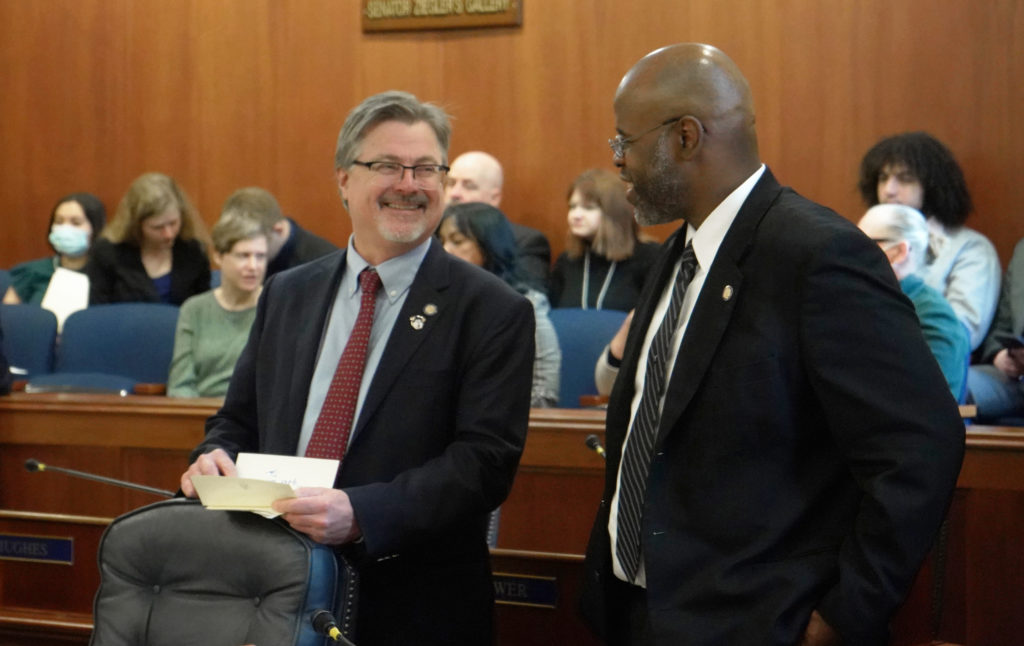Leading and causing change to occur is an imperative part of the job description for elected officials. After all, most people that get elected to office do so by describing the change that they would bring to their level of government, be it local, state, or national. As a result, just about every policy, bill, or regulation ever drafted, submitted, debated, and voted up or down and implemented, was at its core attempting to drive change and “make a difference”.
The missing piece of the puzzle, and what is often overlooked, is the change management aspect of making a difference. We all suffer from various forms of bias in our decision-making, and one of the strongest is “action bias”. The impulse to “just do something” can feel like progress, but it can also lead to unintended and sometimes disastrous results. The real challenge in problem-solving is to implement a solution that solves a problem while producing minimal negative effects.
As all Alaskans know; turning a kayak is much easier than changing the course of a lumbering supertanker. Unlike nimble kayaks, most of the organizations that we deal with in the public sector have, in some way, become examples of supertankers. Simply put, they are difficult to turn and likely to result in some sort of toxic mayhem if the course correction is not properly executed.
The procedure for turning the kayak is dead simple, with very few moving parts and simple outcomes. If you want to turn a kayak, just do it. If you want to turn a supertanker, you had better start early, know what you’re doing, manage, and monitor the process throughout the course correction. It’s also good to have an awareness of the obstacles that might ruin your day. There is an art and science to planning and implementing a large-scale change.
A simple web search for “change management” will reveal that there are many models for how to identify, motivate, manage and maintain change, so I won’t get too deep into the process here, instead, for a start, take a look at this site: https://www.zendesk.com/blog/change-management-models/
As you will see, the commonalities include identifying/analyzing the desired change, creating a sense of imperative that the change must happen, removing resistance, creating and sustaining momentum, and having a plan for preventing reversion back to the old way of doing business.
So what does this look like in the political world? Well, if someone is telling you we are in a state of crisis and need big changes, they are implementing management of change, whether or not they know it. Changes could be good, or they could be bad. The plan and process could be managed well, or they could be bungled. The good and/or bad results could be intended or unintentional.
So why am I telling you all of this? After all, I am now a “government official” and I am essentially giving away trade secrets about how changes are driven in large-scale organizations.
The answer is that with every minute, hour, and day, the rate of change in our world is increasing. We are seeing change at an unprecedented pace and scale. Every individual needs to look at these changes critically, be aware of who is promoting, managing, and possibly gaining something, and challenge the plan and process. Look at the problem statement offered by the proponent; do you agree with the premise and scope? Look at the change management plan; does it look detailed enough and address all essential elements? Consider the goal or end-state and the path that is being promoted as a solution; is it what you really want? Are there issues left unaddressed that could become critical if not properly mitigated?
Basic knowledge of change management processes and how they are used will enable us to look more closely at what is happening all around us, and where those changes might lead us.
I’m sharing this information with you as food for thought, so please feel free to contact me about the changes that we are seeing or changes that you would like to see.




